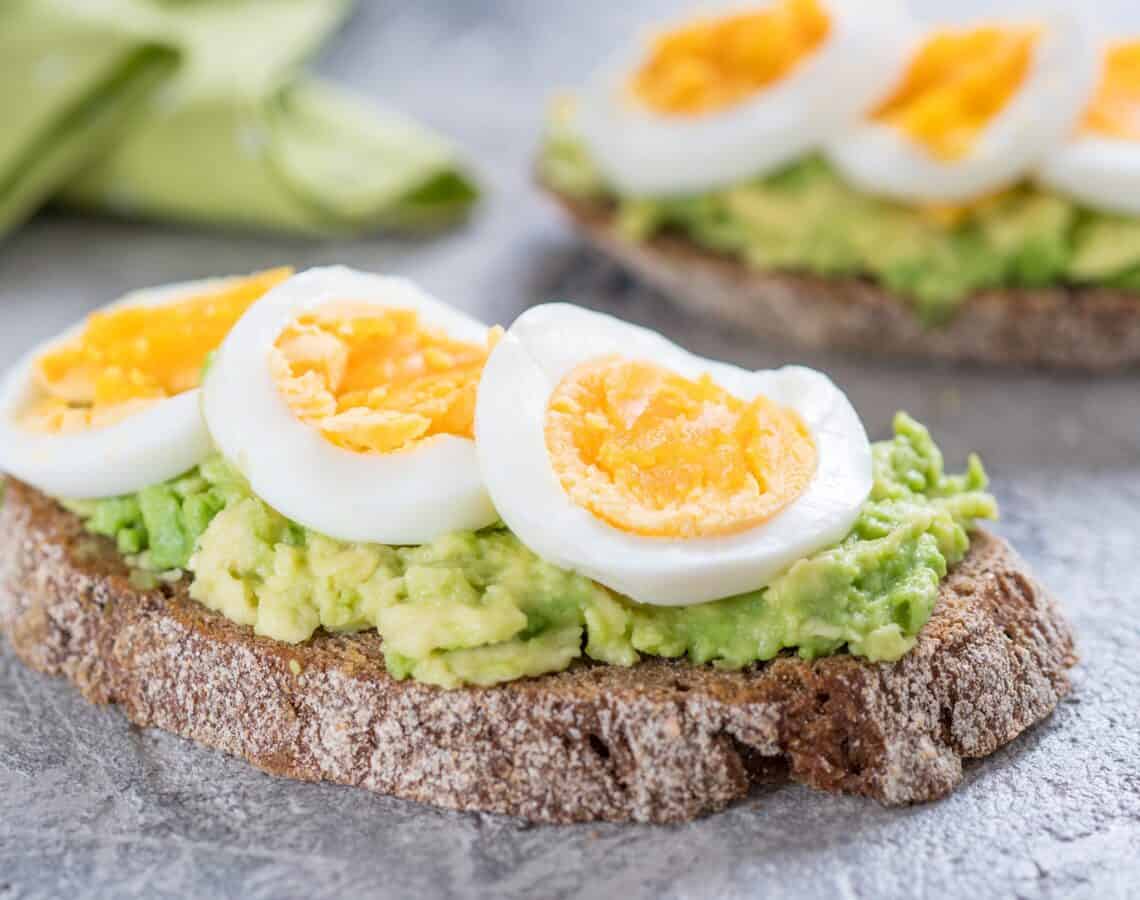Cooking with COVID: 10 easy meals when you are low on energy

When you are feeling drained, there is no need to channel your inner celebrity chef come dinner time.
As COVID-19, cold and flu cases spread, bringing headaches, aches and pains and fatigue (among other symptoms), we have some simple meal ideas to make life easier when cooking is tough.
It is important to eat and drink even when you are feeling unwell to avoid getting dehydrated and to give your body fuel it needs to recover.
The trick is to think quick and simple. Meals and snacks need to be made from foods easily available and quick to get on the plate.
Look for meals with no more than 5 ingredients and limited prep time and cooking so you can get out of the kitchen and focus on resting up.
Easy, nutritious meals should include foods from the 5 food groups:
- Breads and cereals
- Vegetables and legumes
- Fruit
- Lean meat, poultry, fish and alternatives
- Milk, yoghurt, cheese and alternatives.
Depending on what you have handy in your pantry or fridge (or what is available online at your local supermarket), you can bump up the protein in meals with a trusty can of tuna or swap out fresh meat for cheap and filling beans and other legumes.
Boost your intake of vitamins and minerals by adding different vegetables (use whatever is in the bottom of the fridge). Don’t forget frozen vegetables – they are just as nutritious as fresh and easy to prepare!
Try throwing these combos together for quick and tasty meals and snacks:
- Easy toast toppers such as avocado, baked beans and boiled eggs.
- Bread with peanut butter and banana.
- Pasta with tuna/chicken, tomato, pesto and cheese.
- Omelette or scrambled eggs with toast.
- Canned fruit with yoghurt or custard.
- Breakfast cereal with milk and fruit (fresh or canned).
- Homemade or supermarket bought soup — the more veggies the better.
- Baked potato/sweet potato served with yoghurt and spices.
- Quesadillas/toasted wrap with canned black beans, corn, cheese, and capsicum.
- Fruit smoothie with milk, yoghurt, and oats.
This is also a good time to use meals stored in the freezer or ask relatives and friends to help by dropping over meals you could easily serve up or freeze for later.
If you are relying on frozen meals from the supermarket, look for options with at least 2 serves of vegetables to boost your intake of vitamins and minerals. Mix things up and take a break by ordering food in from your favourite restaurant – just look for healthier options that include salad or veggies.
Along with getting enough food to fuel your recovery, fluid intake is another thing to watch. Not drinking enough water will only make you dehydrated and more fatigued, which is not ideal when you are already drained. If you feel parched, it is a tell-tale sign of dehydration.
Our bodies contain a combination of fluid and minerals known as electrolytes (such as sodium, potassium, magnesium, chloride). When our bodies start to run low on fluid (by not drinking enough water), it leaves behind a high volume of electrolytes. This causes the cells to shrink, triggering a response in our brain to replace the lost fluid – and we receive this message by feeling the sensation of thirst (and urge to gulp down some H20).
The catch is, because this internal thirst mechanism lags behind our actual level of hydration, by the time you feel thirsty you are probably already dehydrated. An easy way to tell if you are hydrated enough is by the colour of your urine – it should be pale in colour.
The best way to ensure you are keeping hydrated is to drink enough water, aiming for 8-10 cups per day. This, combined with following a healthy balanced diet (including plenty of fruits and vegetables) will ensure you are getting all the fluid and nutrients you need.
If you have had a fever, have been vomiting, or have not been able to consume your normal amount of food, you may like to consider replacing the electrolytes you have lost. Look for electrolyte containing drinks to support you while you are unwell. However, if this continues more than a couple of days, you need to speak with your GP or healthcare professional.


